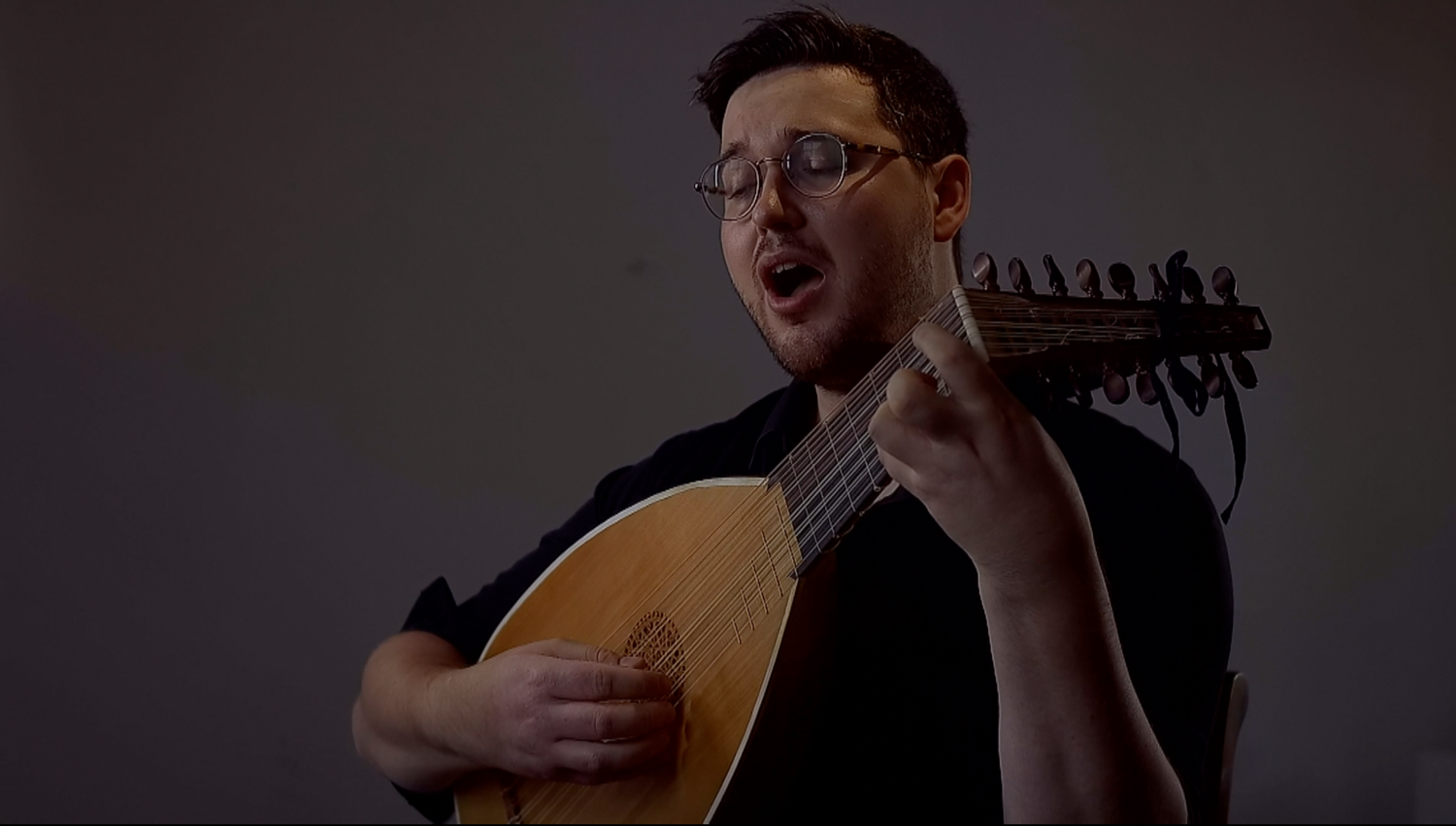Leonardo da Vinci on the Throat and the Muscles of the Leg (1510-11)
- Tim Braithwaite

- Jul 26, 2021
- 3 min read
A. Begin the anatomy at the head and finish it at the soles of the feet. Put in all the exits that the veins make in the flesh and their ramifications between the flesh and the skin and thus you will put in all the veins that come out between the flesh and the skin.
B. The uvula is the dripstone from which falls the humour that descends from above and falls by way of the oesophagus to the stomach and it has no reason to go by way of the trachea to descend to the spiritual parts.
C. Break the jaw from the side so that you see the uvula in its position, what its purpose is, and how close it is to the opening of the trachea.
D. Which are the muscles that relax or contract in the movement of any limb in any movement?
E. Describe the cause of the voice without sound, as made by those who speak in the ear of someone else.
F. One cannot swallow and breathe or speak at the same time. Nor can one breathe through the nose and through the mouth at the same time; and this is proved by trying to play a whistle or flute, one with the nose and one with the mouth at the same time.
G. When one swallows or gulps down a mouthful, one cannot breath. Demonstrate which muscles are those that push the tongue right out of the mouth, and in what way.
H. Why the voice becomes weak in the elderly. The voice becomes weak in the elderly because all the passages of the trachea are narrowed, in the same manner as the other entrails.
I. First draw each piece of the mechanisms that move, and define them separately, and then put them together bit by bit, so that with clear understanding the whole can be put together.
J. Note at what point the nerves or cords a b c d arise from the basilar bone, and from which ventricle, and join them all together; and with great diligence demonstrate the mechanism of swallowing, and likewise of high and low voices.
K. Describe what sound is, and what din is, tumult, noise etc.
L. [from O?] a shows how a mouthful of food completely closes the little tongue b over the opening by which air enters the lungs.
M. Draw this trachea and the oesophagus cut down the middle to show the shape of their cavities and further, show how the bridle of the tongue is situated in the tongue.
N. These glands are made to fill in where the muscles are missing, and they hold the trachea apart from the bone of the clavicle.
O. If you draw breath through the nose and want to send it out through the mouth, you will hear the sound made by the partition, that is the membrane in [go to L?]
P. Establish how the voice is generated at the head of the trachea. This will be understood by separating the trachea together with the lungs from a man; the lungs, filled with air and then suddenly squeezed, will immediately give a glimpse of how the fistula of the trachea produces the voice. And this may be seen and heard well with the neck of a swan or of a goose, which is often made to sing after it is dead.
Q. Describe the causes of high and low voices
R. Air enters and leaves by the opening d and when food passes over the bridge d n it is possible that some particle could fall through the opening d and pass through c, which would be fatal. But nature has provided the saccules a b to catch such a particle and to keep it until, upon coughing, the air that issues with force from the lungs by way of c forms eddies and pushes the drops, squeezed from the walls of the saccules a b out through d; and thus this harmful matter is driven out of its place.
S. The two ventricles are those that make the voice sound, and when they are full of mucus then the voice is raucous.
——————————————————————————————————————
*Notes*
The image below is fol. 3r of the so-called ‘Anatomical Manuscript A’ by Leonardo da Vinci, depicting in great detail the muscles of the throat and of the leg.
The page is littered with Leonardo’s notes on the subject, written in his typical mirrored script. I’ve labelled each passage alphabetically in order to coordinate the translation with the layout of the page. A fully integrated version of this translation can be found in Martin Clayton, Ron Philo, and Royal Collection, Leonardo Da Vinci : The Mechanics of Man(London: Royal Collection Trust, 2013).
The page can be viewed in detail here:





Comments